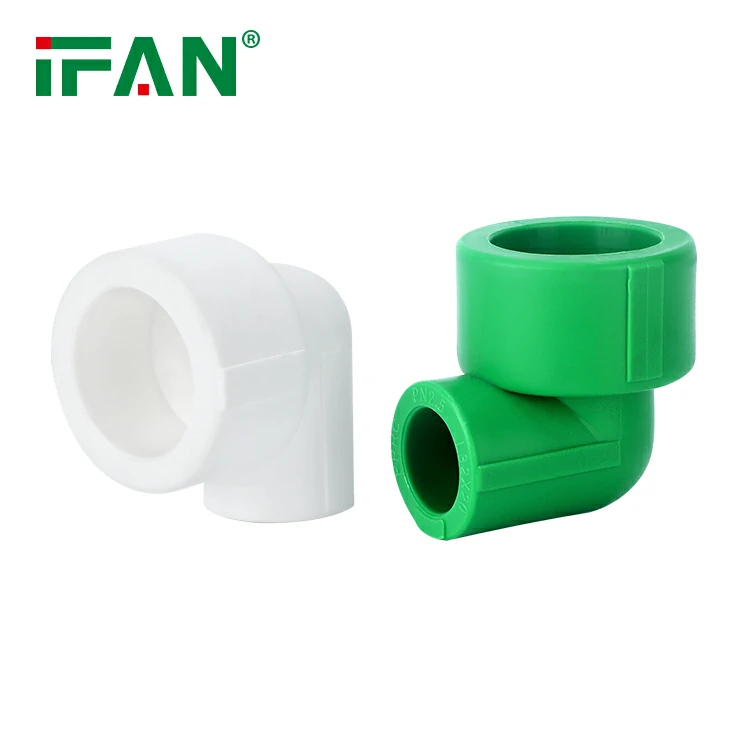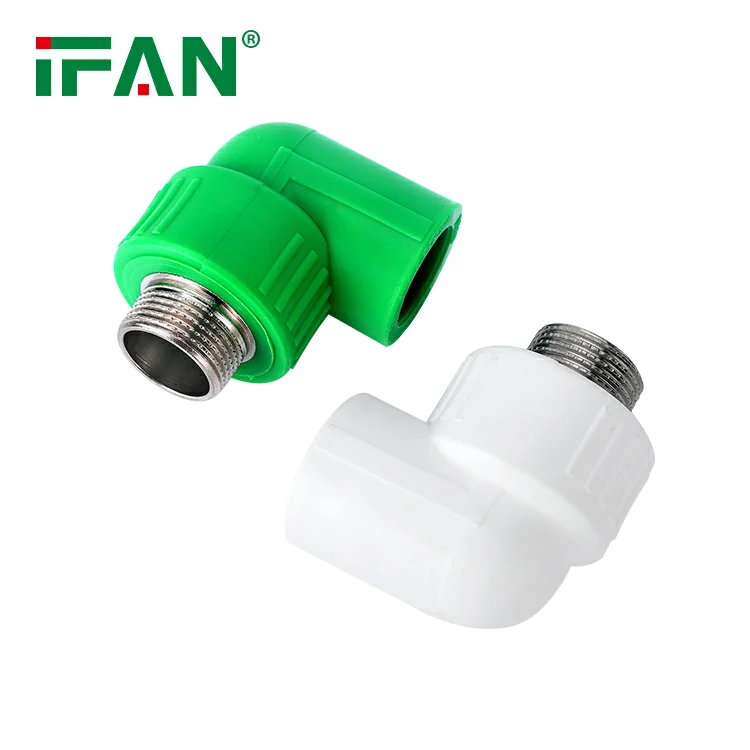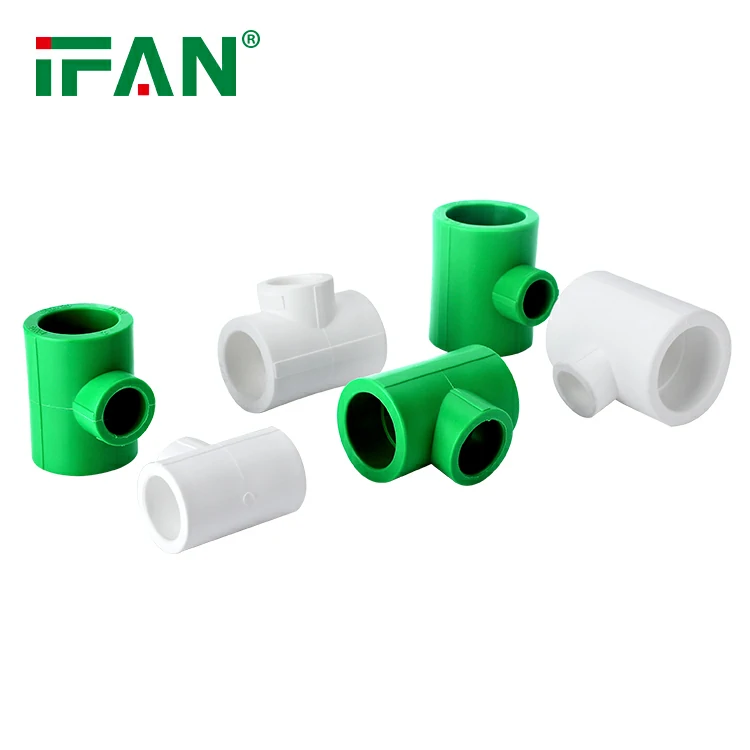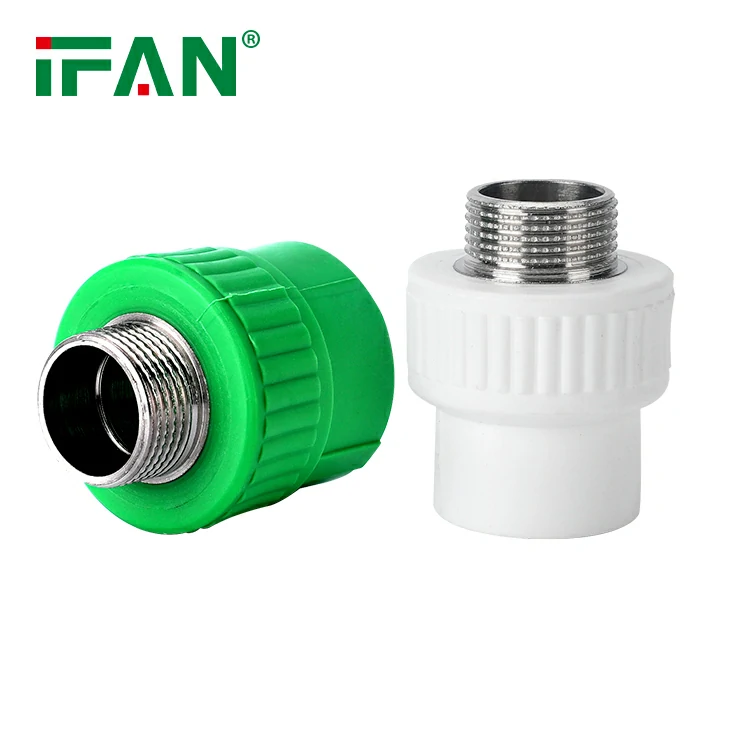As Cambodia continues to develop and modernize, the demand for high-quality plumbing materials has surged. One of the most sought-after innovations in plumbing technology is PEX (cross-linked polyethylene) pipe. Known for its flexibility, durability, and efficiency, PEX pipe presents a multitude of advantages that are transforming water supply systems within the region. This article delves into the introduction of PEX quality water pipes in Cambodia, highlighting their benefits, applications, and the potential impact on the country’s infrastructure.
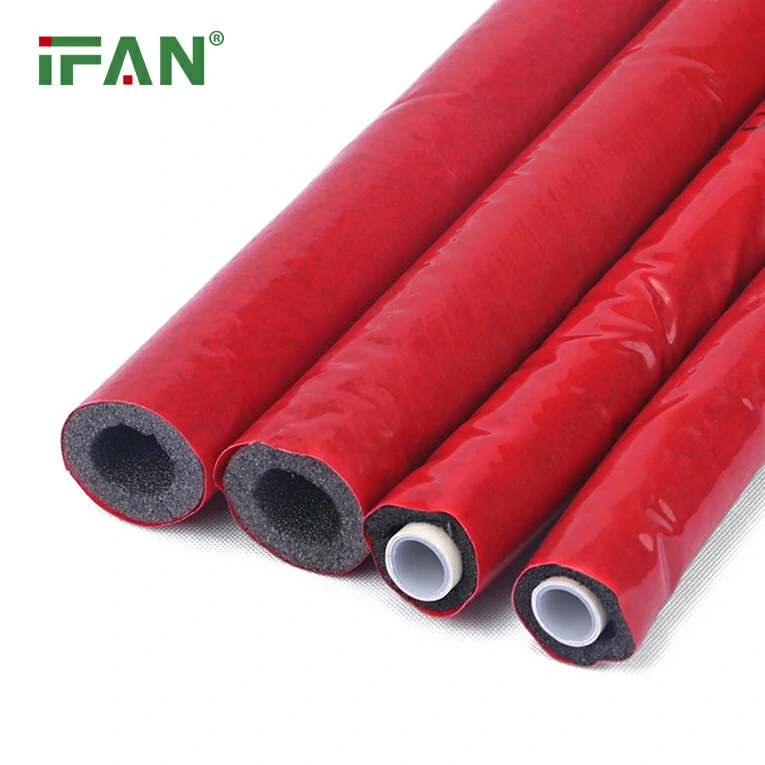
Understanding PEX Pipe
What is PEX Pipe?
PEX pipe is a type of flexible plastic tubing made from cross-linked polyethylene. It has gained immense popularity in plumbing, heating, and cooling applications in homes and commercial buildings. PEX pipes are lauded for their unique attributes, which make them ideal for various water supply systems.
Benefits of PEX Pipe
- Flexibility: PEX pipes can bend around corners and obstacles, allowing for easier installation and fewer fittings. This flexibility reduces the risk of leaks that might occur in rigid piping systems.
- Corrosion Resistance: Unlike metal pipes, PEX does not corrode or rust, significantly enhancing water quality and prolonging the lifespan of the plumbing system.
- Fewer Fittings: Installation requires fewer fittings due to PEX’s flexibility. This simplifies the layout and reduces the chances of leaks, as fewer joints mean fewer potential points of failure.
- Thermal Efficiency: PEX has excellent thermal insulation properties, helping to maintain water temperature and reducing energy loss, leading to lower heating and cooling costs.
- Lightweight: PEX pipes are significantly lighter than traditional metal pipes, making them easier to handle and install, ultimately reducing labor costs.
- Reduced Noise: Water flowing through PEX pipes produces less noise compared to metal pipes, enhancing the comfort of residential and commercial environments.
The Role of PEX in Cambodian Infrastructure
Improving Water Supply Systems
As Cambodia strives for improved infrastructure and urban development, the introduction of PEX pipes signifies a step forward in water supply systems. Traditional plumbing materials often face challenges related to corrosion, installation difficulties, and maintenance issues. PEX presents a robust solution to these problems.
Enhanced Water Quality
With PEX pipes being resistant to corrosion and leaching, they can help maintain the integrity of water quality in Cambodian homes and businesses. Using PEX can help decrease contaminants that often leech from older metal pipes, providing residents with safer drinking water.
Adaptability to Local Conditions
Cambodia experiences a variety of environmental conditions, from high humidity to significant temperature changes. PEX pipes are suitable for these varying conditions due to their flexibility and resistance to cracking, making them an ideal choice for the region’s plumbing needs.
Supporting Sustainable Development
The introduction of PEX pipes aligns with Cambodia’s commitment to sustainable development. Because of their efficiency and durability, PEX systems can lead to reduced water loss and a lower carbon footprint associated with plumbing systems.
Applications of PEX Pipe in Cambodia
Residential Plumbing
In residential settings, PEX pipes are ideal for water supply lines, radiant heating systems, and even for outdoor irrigation systems. Their flexibility allows for creative plumbing designs that can minimize disruptions during installation.
Commercial Projects
Businesses in Cambodia can benefit significantly from using PEX pipe. In commercial buildings, including hotels, restaurants, and offices, the efficiency and ease of PEX installation can lead to considerable cost savings in renovations and new constructions.
Industrial Usage
PEX pipes are also being considered in various industrial applications due to their durability and resistance to harsh chemicals. Industries such as agriculture, manufacturing, and food processing can leverage PEX for efficient water management systems, enhancing production efficiency.
Challenges and Solutions
Awareness and Education
While the benefits of PEX pipes are numerous, a critical challenge lies in ensuring widespread awareness and understanding of the product among contractors, builders, and consumers. By organizing workshops and seminars, industry leaders can educate the local market on the advantages and installation techniques of PEX piping.
Training Skilled Labor
As demand for PEX increases, there will be a corresponding need for skilled labor to install and maintain these systems. Investing in training programs can help equip local contractors and plumbers with the skills needed to work with PEX effectively.
Regulatory Framework
Establishing safety and quality standards for PEX pipes is essential. Government and industry stakeholders must collaborate to create a regulatory framework that ensures that PEX products meet the necessary quality standards and are safe for use in water supply.
Future Prospects
The future of PEX pipes in Cambodia is bright, with several factors favoring their growth:
- Increasing Urbanization: As urban areas expand, the need for reliable and efficient plumbing solutions will drive the demand for PEX pipes.
- Government Initiatives: The Cambodian government is increasingly focused on improving infrastructure, which includes upgrading water supply systems—an excellent opportunity for PEX adoption.
- Sustainability Initiatives: As the world shifts towards sustainable practices, the use of PEX pipes aligns with eco-friendly construction techniques, promoting reduced environmental impacts.
- Regional Collaboration: As Southeast Asia becomes more interconnected, knowledge and best practices regarding PEX piping systems can be shared across borders, boosting technological advancements within the region.
Conclusion
The introduction of high-quality PEX water pipes in Cambodia represents a significant step towards modernizing the country’s plumbing infrastructure. By offering numerous benefits such as flexibility, resilience, and enhanced water quality, PEX pipes can play a crucial role in supporting Cambodia’s sustainable development goals. As awareness and training increase, and as the regulatory framework evolves, PEX is likely to become the plumbing material of choice in both residential and commercial sectors. This transition promises to enhance water supply systems, ultimately benefiting the economy and the overall quality of life for the Cambodian people.
FAQs
1. What are PEX pipes made of?
PEX pipes are made from cross-linked polyethylene, a flexible plastic known for its durability and resistance to corrosion.
2. What advantages do PEX pipes offer over traditional piping materials?
PEX pipes are flexible, lightweight, resistant to corrosion, thermally efficient, and require fewer fittings, resulting in easier installation and reduced risk of leaks.
3. Can PEX pipes be used for both hot and cold water supply?
Yes, PEX pipes are suitable for both hot and cold water applications, making them versatile for various plumbing needs.
4. How long do PEX pipes last?
When installed correctly, PEX pipes can last for 20 to 50 years, depending on environmental conditions and water quality.
5. Are PEX pipes environmentally friendly?
Yes, PEX pipes are considered environmentally friendly due to their energy efficiency, long lifespan, and reduced water loss, contributing to sustainable plumbing solutions.

